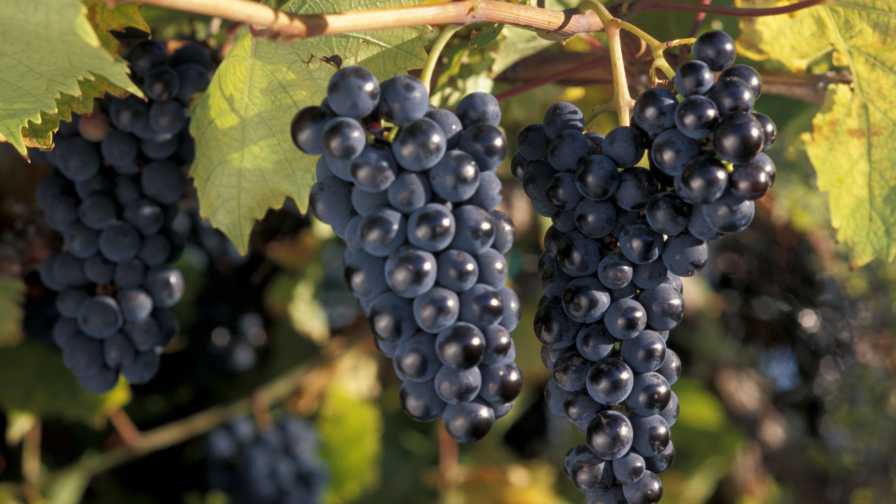Cosmic Changes Coming in Apple Production [Opinion]
Driving through Washington’s Columbia Basin earlier this month, I couldn’t help but be struck by the construction boom. Not the new houses so much as all the orchard development and redevelopment — grafting.
In mid-June, I attended Interpera, an international pear conference first held, as you might guess, in Spain. The 10th edition, last month in Wenatchee, was the first to be held in the U.S.
I absorbed a lot of pear information — including the main takeaway that growers could use new rootstocks and varieties to satisfy increasingly choosy consumers. You will read some of that information in the coming months.
But I have to say that I was most struck by my travels through the Columbia Basin southeast of Wenatchee. It was impossible not to feel the immense change in the wind, and talking with some veteran industry players only intensified the feeling.
It’s not just all the ‘Cosmic Crisp’ acreage going in, either. Though there is a lot of that — at least 12 million trees so far, expected to produce 5 million boxes/bushels in just the first year, 2019, of commercial production.
One definition of cosmic is “inconceivably vast,” and that is indeed apropos.
It fits the variety’s precocity. I was looking at some of the oldest ‘Cosmic Crisp’ trees around, planted a decade ago at Washington State University’s 140-acre Sunrise Research Farm. My host on this morning was Tom Auvil, formerly of the Washington Tree Fruit Research Commission and now with North American Plants in McMinnville, OR.
Auvil noted that on the rootstock Geneva 41, ‘Cosmic Crisp’ will climb to the top wire of the trellis, 10 to 11 feet, in a single season. Intense growth — exactly what the apple industry as a whole is facing.
Between 1970 and 2005, the average Washington apple grower produced 35 bins per acre. In 2008, Auvil said he and Clark Seavert, an Oregon State University Agriculture Agricultural Economist, based a cost study on average production of 70 bins per acre. Many growers said the figure was too high.
But just four years later, 70 was considered hopelessly outmoded for a modern, intensely farmed operation. The new standard was more like 100 bins per acre.
2012 now seems like the good (bad?) ol’ days. Today’s top producers are aiming for — and getting — an amazing 150 bins per acre.
It’s not the first time such change has occurred in the industry. Auvil recalled the words of his famous uncle, Grady, our 1990 Apple Grower of the Year.
“About 1990, Uncle Grady said the best of times are ahead for the apple industry — but half of you won’t be around to enjoy it.”
If anything, the current speed of change is even greater. It’s not just the old ‘Red’ and ’Golden Delicious’ growers who are facing drastic change. The industry buzz is there is too much ‘Gala’ in the ground.
One large grower planted a big block of ‘Gala’ earlier this year, only to make the decision to graft over to a new variety — later in the very same year.
Today, more than ever, you can’t just follow the herd. You can’t focus on just costs, but on the most important number for your business: profit. It’s the only way to survive in the inconceivably vast cosmos.









